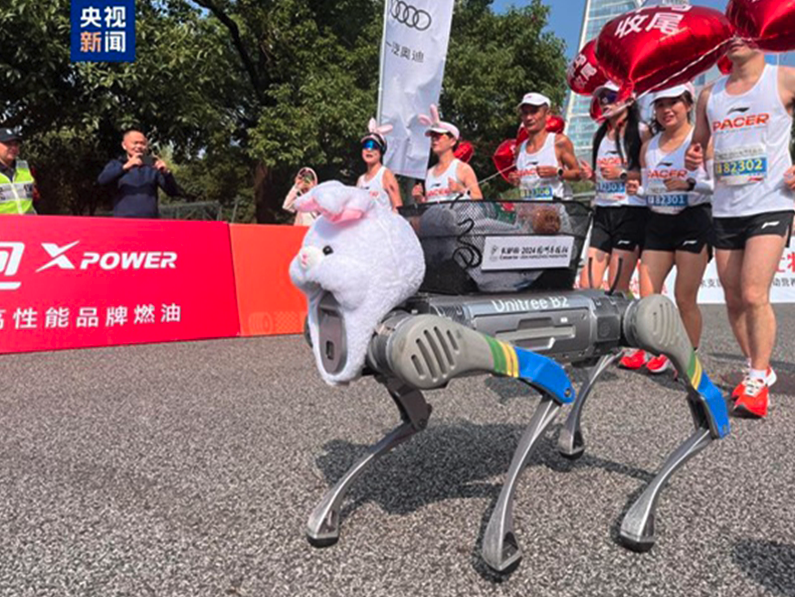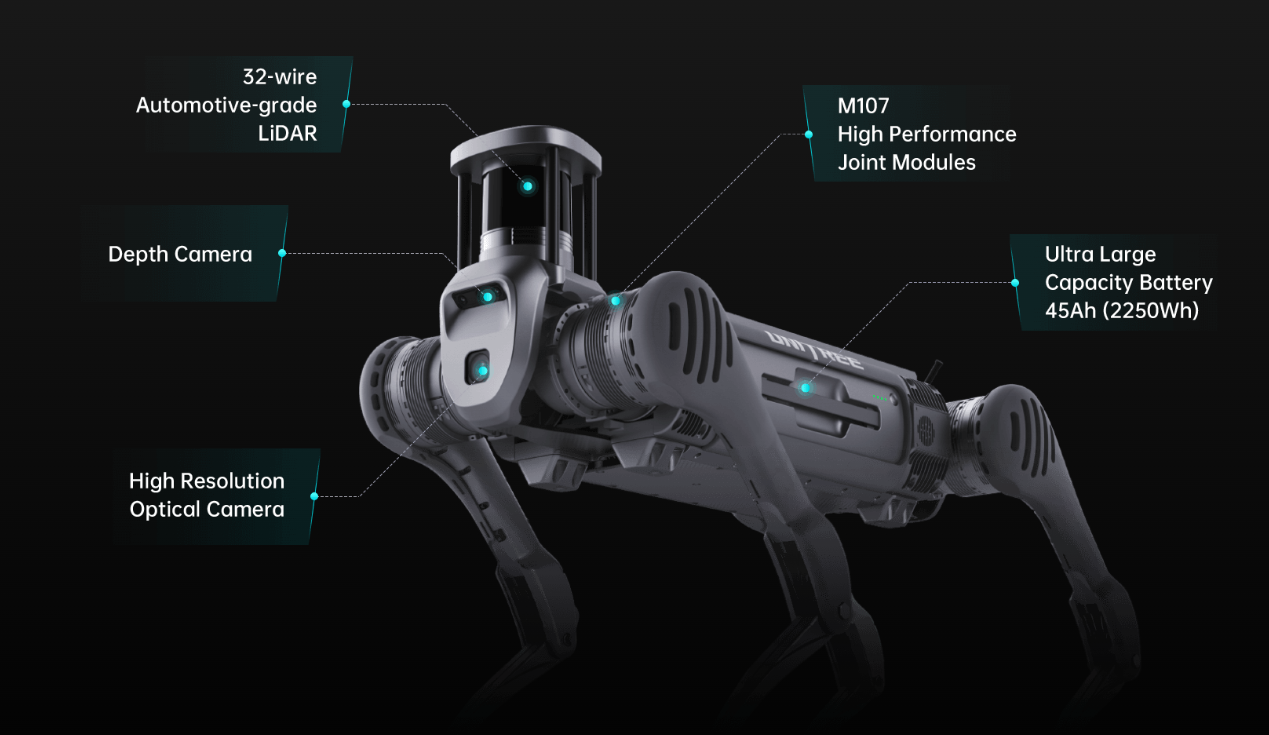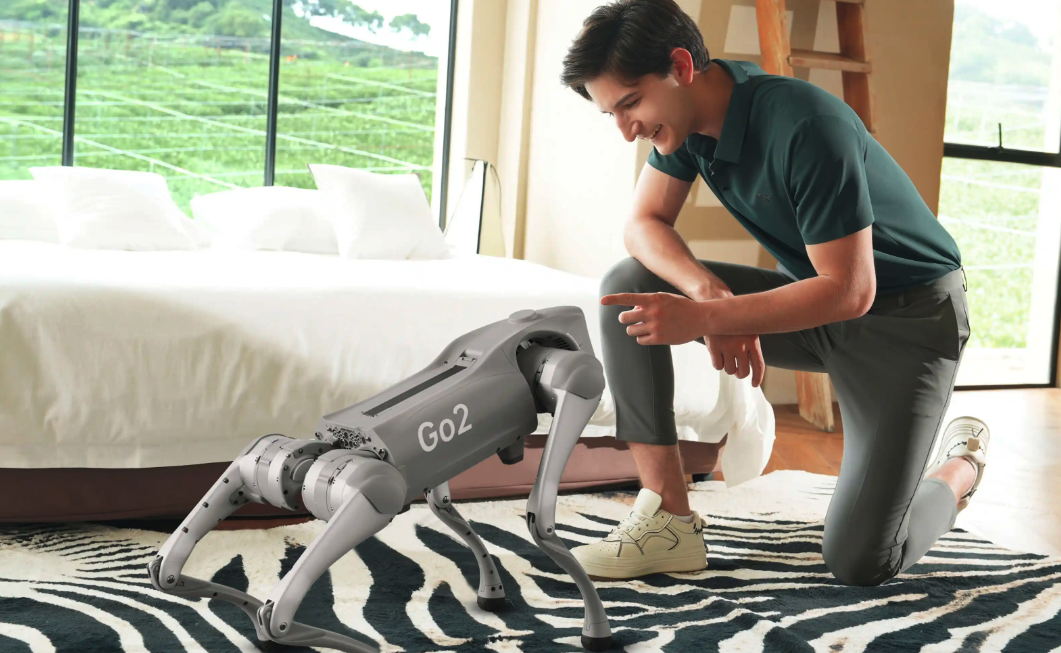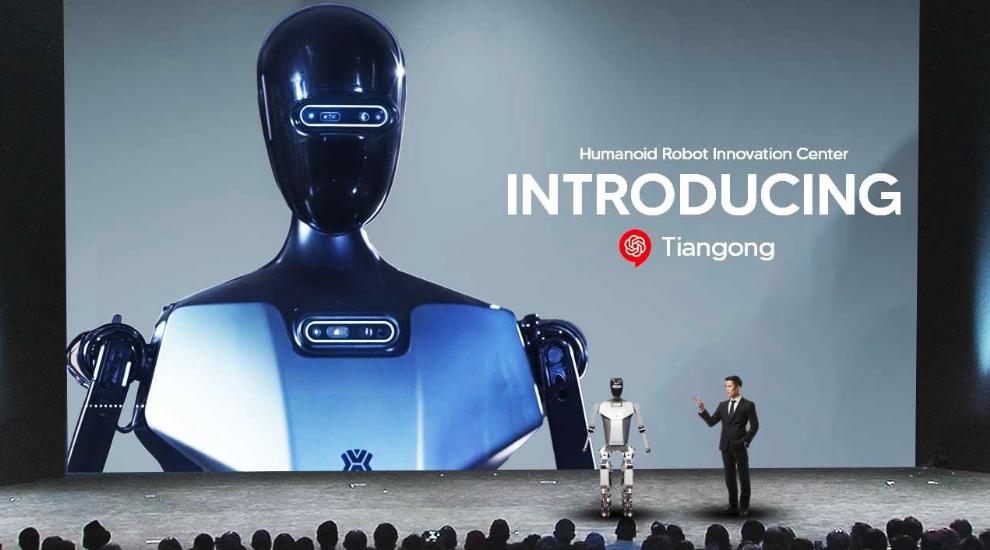
If you’ve run a marathon in China recently you may have noticed that some of your competitors running styles are among the more unusual you’ve seen.
First of all, they’ve got an extra pair of legs.
Leading innovation as usual, China have unveiled the latest in their athletic technology experiments, with robots joining their human counterparts in recent marathons in Hangzhou and Beijing.
In fact, in Hangzhou, a four-legged robot named B2 was actually part of the race team, setting the pace at the front of the half marathon event. For those at the front of the race, the dog-like robot (which joined many other participants in wearing an adorable costume for the event) was quite the novel company.

But the more casual runners, those who entered for the joy of taking part or breaking their own records, weren’t left out.
B2’s robotic counterpart, another four-legged robot named GO2, ran further back, mingling with other participants according to the Global Times.

This was the ideal showcase for the robot dog from Chinese robotics company Unitree. According to their website, their robotic dog can run up to six meters per second. It’s not quite Usain Bolt, but the robot can maintain its speed for between four to six hours, with its consistency making it an ideal pace setter.
Meanwhile, GO2 is already famous in Chinese athletics, after having ceremonially transported a discus and a javelin at the 19th Asian Games, also held in Hangzhou. Thus, his quasi-celebrity appearance was hugely appreciated at the marathon by runners and spectators alike.
One spectator was quoted by the Global Times as remarking to Chinese Central Television that the robots improved the race experience for everyone:
“(without the robots) children would have become bored and restless. My child enjoyed watching the robots.”
And it’s no wonder, since running is not GO2’s only talent. In fact, this robot dog is famous for its emotional range, with Unitree’s website explaining that the robot can jump, shake hands and cheer – all excellent skills when it comes to keeping runners motivated and the crowd entertained.
Unlike its robotic buddy, GO2 is not quite a marathon winner; it can, however, run up to 5 meters per second, with a smart system that allows it to avoid obstacles whilst remaining side-by-side with any pre-set running buddy.
Though it might seem a bit weird or gimmicky right now, the robots could be the coach of the future. The robots were beloved by the crowd but appreciated by the runners too; the Global Times quote a runner from the front of the pack, who explained their admiration for the robot to CCTV:
“I followed the B2 for the entire race, and it is quite high-tech.”
But perhaps most staggeringly, a human sized robot was among the runners of the Beijing half marathon too – bipedal and impressively fast.
While ‘Tiangong’, a humanoid robot from Chinese company Embodied Intelligence Robot Innovation Center, this robot – which measures around 5 feet and four inches, and weighs 43 kilograms – didn’t run the whole race, it did participate as a pacer for the last hundred meters.

Earlier in the race, Tiangong had circulated through the crowd, fascinating spectators with its human-like movements including waving and giving high-fives.
This is the future of races, Jiang Hanya, a tech expert told the Global Times:
“At large events like marathons, robots can perform a variety of tasks.”
And with its consistent ability to set and maintain pace, navigate routes, and provide moral support and motivation to runners and supporters alike, it’s easy to understand why.
So keep an eye on the runners around you at your next race: they could be a little less human than you might expect.



 10 Online Strength Training Programs for at Home (or Gym)
10 Online Strength Training Programs for at Home (or Gym)
